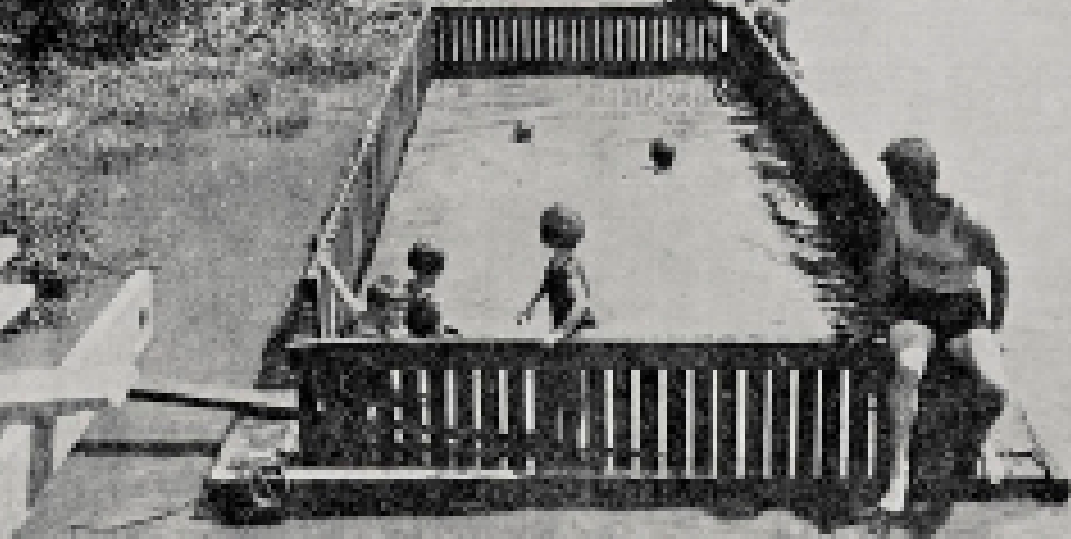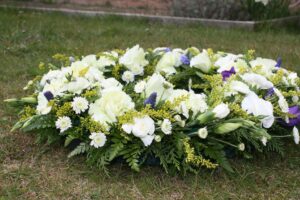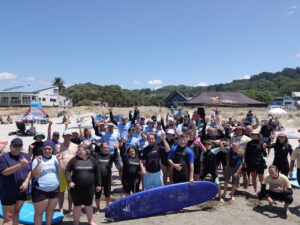As part of a Valley Profile series, MEGHAN HAWKES searches through old newspapers to bring you the stories Thames Valley locals once read about themselves.
1929
A floating pool was launched into the Piako River and drifted into position at the Ngatea Swimming Club’s site opposite the school house. It had been made for the safety of its younger members and to teach swimming.
The pool was a substantial affair 30ft long and 10ft wide, the frame being made of 12 by 12 kauri obtained from the old battery at Karangahake. Attached to this frame were battens to form walls and a floor. The pool floated to a depth of thirty inches. There was no chance of the pontoon capsizing – six men sitting on the frame at one side only submerged it half an inch below the normal level.
The pontoon was constructed by Mr Trevelyan free of charge to the design of Mr Reid, president of the Swimming Club. The timber was bought with funds raised by public donation and by means of a bottle-gathering drive. It was moored to the bank and proved a complete success.

CONTAMINATION CONCERNS
Farmers who depended on their water supplies for both man and beast from the Hikutaia stream were faced with a very grave problem. The battery of the Ohinemuri Gold and Silver Mining Co, situated at Maratoto on the Hikutaia stream, was about to commence work which meant the tailings undergoing the cyanide of potassium process would be set adrift in the Hikutaia creek.
The situation was made all the more worse as there was no immediate sign of the inauguration of the county water supply.
It was months since the Thames County Council set up a water supply but apparently a hitch had occurred somewhere and the settlers fringing the banks of the Hikutaia stream were without any supply apart from what they could gather from the inadequate method of roof tank collection. Cyanide of potassium was just as poisonous to cows as it was to humans, and most settlers watered their stock from drinking places in the stream. Unless these places were fenced there would be dead cows in Hikutaia within days.
MOTH PLANES LAND
Four Moth planes landed at Paeroa on the first stage of their tour of the North Island scouting for landing grounds. The Mayor of Paeroa, Mr Marshall, and Mr Spencer Mason, chairman of the Aero Club Committee, were passengers. Within a minute of schedule time, the machines were hovering over Paeroa, and a large crowd saw them land on the racecourse.
On landing, Mr Marshall addressed the crowd, stating that the trip from Auckland to Paeroa by air took only an hour and three gallons of petrol.
Captain Seabrook said that the racecourse was too near the hills to be entirely suitable. A party inspected a field of about 40 acres which had been surveyed from the air. It was found to have an excellent surface, and could provide a runway.
CAR CRASH IN GORGE
A Buick tourer, while proceeding in the direction of Karangahake after a dance at Waikino, met with a sudden check in the gorge. While taking the nasty corner round the bluff, the front wheels jumped on an outcropping rock, interfering with the steering, with the result that the car crashed into the cliff.
The front undercarriage of the car was torn off and the front axle bent like a hoop, while the steering gear suffered a total eclipse.
No one was hurt, and a local breakdown lorry later towed the car away.




